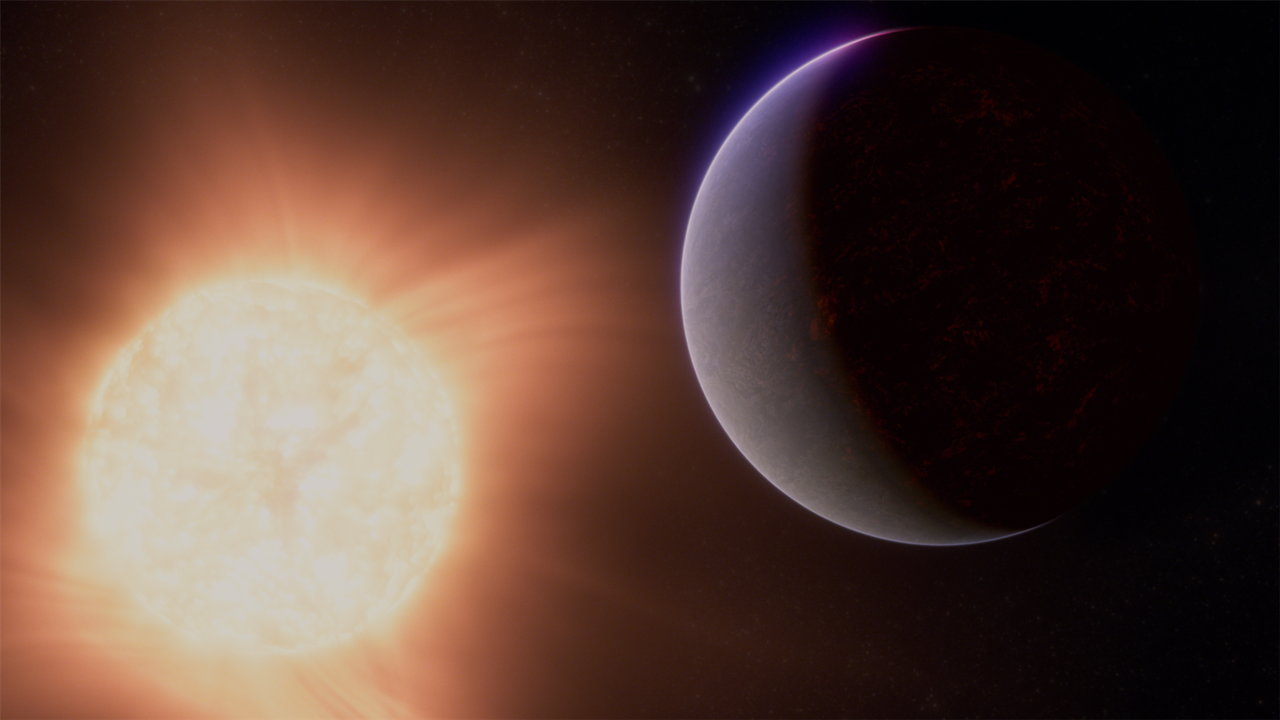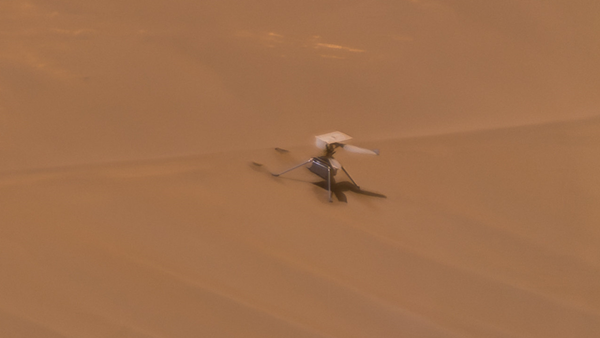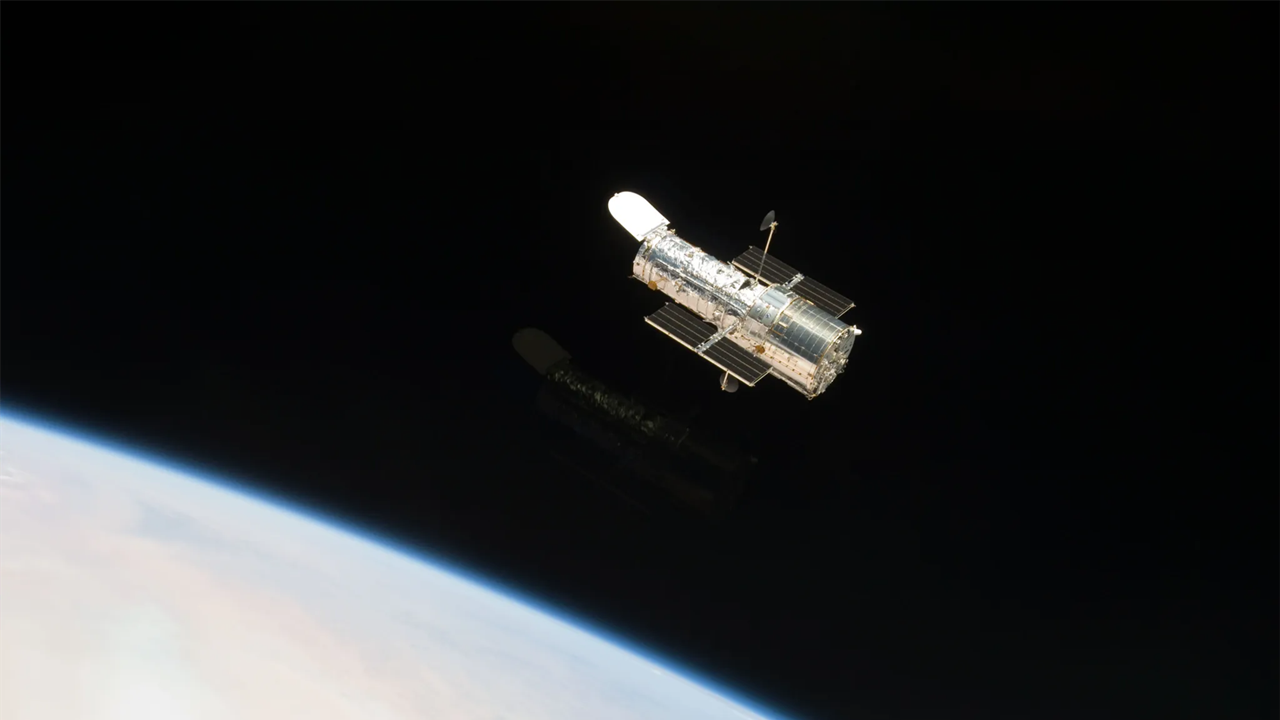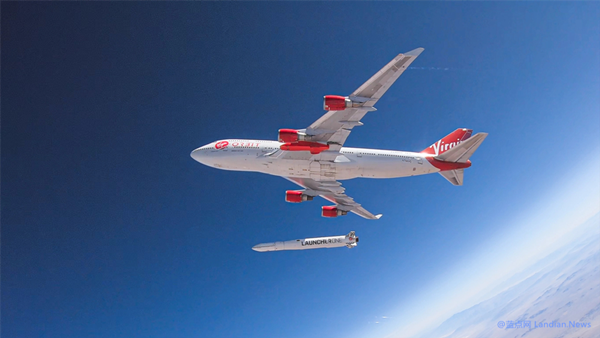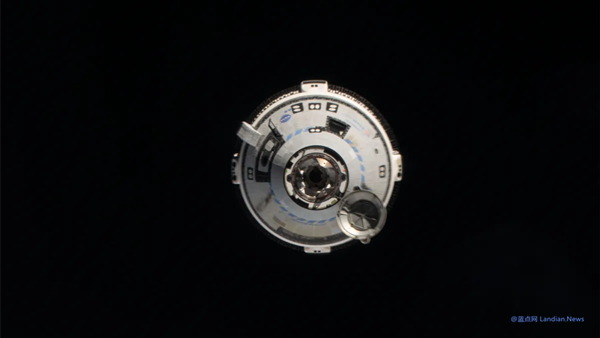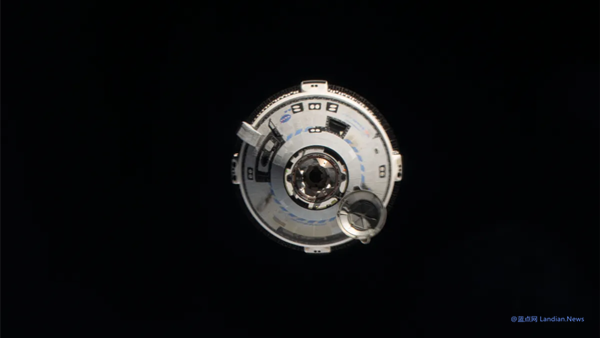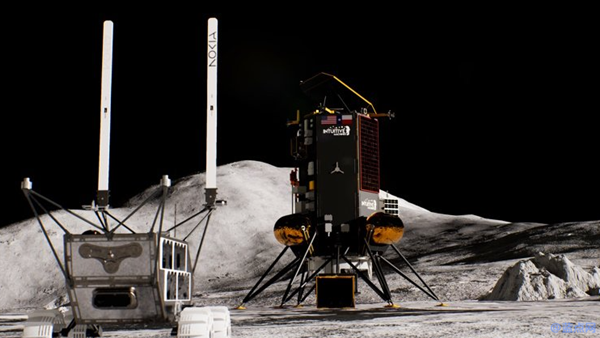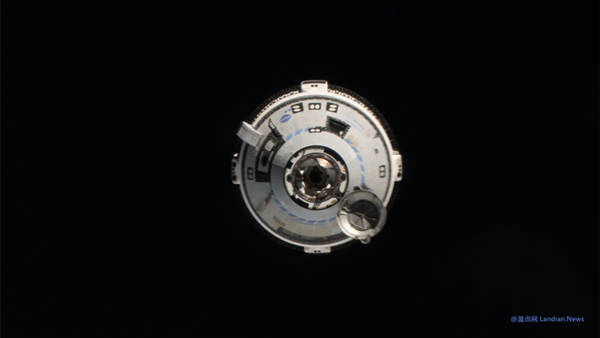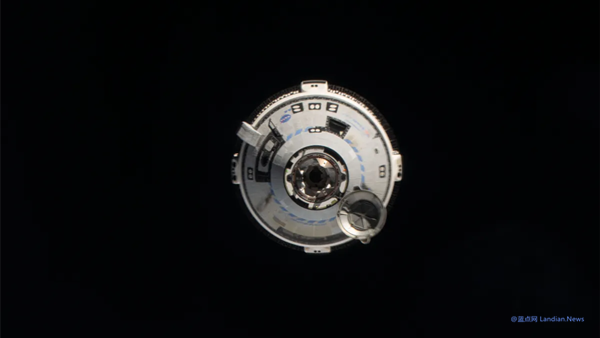Diamond Planet 55 Cancri e May Have Atmosphere, But It's Not Habitable
This exoplanet, discovered in 2011, is about 41 light-years from Earth and is the fifth planet orbiting its star, 55 Cancri A.
Don't be misled by the term "super-Earth," which refers to planets with volumes similar to Earth's, not necessarily habitable ones.In fact, 55 Cancri e is not suitable for human habitation at all, because the planet is only 2.25 million kilometers away from its parent star, 55 Cancri A, which is equivalent to 1/25 of Mercury’s distance from the sun. Because of its close distance, it has been tidally locked by the parent star.
It is also because it is too close to its parent star that the surface temperature of 55 Cancri e is extremely high. There may be a liquid ocean composed of lava. Moreover, this is a rocky planet with a relatively high carbon content. Therefore, astrophysicists speculate that there should be There are a lot of diamonds, so 55 Cancri e is also called the diamond planet.
How Can It Still Have an Atmosphere?
Planets like Mercury that are close to the sun are tidally locked (one side is always day and the other is always night) and are constantly blown by the stellar wind, so even if Mercury once had an atmosphere, it would have been blown away
Astrophysicists have been studying whether 55 Cancri e contains an atmosphere since its discovery in 2011. With the help of the James Webb Space Telescope, Renyu Hu, a researcher at JPL Jet Propulsion Laboratory, recently published a paper in the journal Nature , the paper points out that 55 Cancri e should have an atmosphere, and its main components are carbon dioxide and carbon monoxide.
Why isn't the atmosphere blown away by stellar winds? Bello-Arufe, a member of the research team, believes that the diamond planet's atmosphere has not always existed, but overflowed from the boiling magma. On the one hand, the gas is constantly blown away, and on the other hand, it emerges from the surface and Add atmosphere.
Studying the Early History of Earth, Venus, and Mars
Although 55 Cancri e is inhospitable to humans, with surface temperatures potentially reaching 1540°C, its rocky composition makes it an ideal subject for studying the early history of Earth, Venus, and Mars.
Existing evidence shows that the Earth, Venus and Mars should have been covered by magma oceans in their early days (billions of years ago). After the earth's geological activity weakened in its later period, the temperature of the magma ocean gradually decreased, eventually forming the current Earth.
Hu Renyu said ultimately we want to understand what conditions allow rocky planets to maintain gas-rich atmospheres, a key part of a habitable planet.
